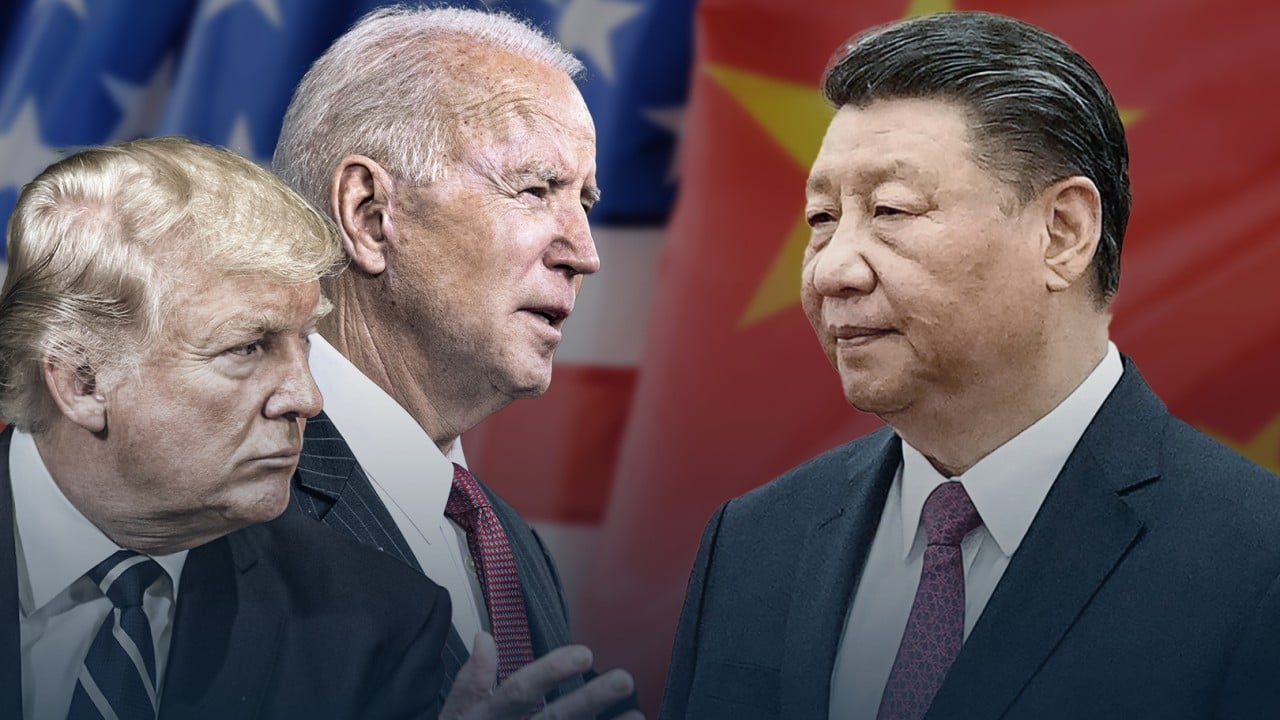In March 2018, US president Donald Trump slapped tariffs on steel and aluminium imports, declaring: “Trade wars are good, and easy to win.” Six years on, the US economy leans precariously towards Smoot-Hawley protection, not under Trump but under President Joe Biden. And as Trump looms Godzilla-like in search of a second presidential term, those crass thoughts on trade are as wrong as ever – but few in the United States seem to care.
It seems that while trade wars and protectionism are bad, they are also politically irresistible, in the US at least. Promises of tax cuts at home, and success in justifying protectionism as an essential part of the battle to contain a demonised China, have diverted voters’ gaze.
Mercifully, and in part because many other countries recognise the powerful contribution that trade has made to growth and prosperity over the past seven decades, mounting US protectionism has so far produced more bark than bite.
And the three-year Covid-19 convulsion, coupled with major wars in Ukraine and Gaza, have been by far the most significant disrupters of international trade, deflecting attention from America’s more hare-brained trade priorities.
Still, there has been a worrying impact. Most clearly, as shown in the work of Global Trade Alert, an independent trade policy monitoring service, the past five years have seen a powerful surge in harmful protectionist measures.
From an average of fewer than 1,000 trade-related measures a year in the decade up to 2019, this surged to a peak of over 2,500 last year – with over two-thirds of these harmfully disrupting trade, and a large proportion emanating from Washington. These have lifted average tariffs, raised trade transaction costs along supply chains, added trade-distorting subsidies and sought import substitution.
As the US has rolled out its national security-justified protectionism against China, so there have been mounting predictions of import-substituting industry policies, a collapse of trade and globalisation, onshoring, “friendshoring” and a restructuring of long-entrenched supply chains around fragmented trade blocs.
Many have pointed to the 8-percentage-point fall in China’s share of US imports since 2017 as evidence of these trends. Yet China’s total exports continue to rise (up 9 per cent in the first quarter), with signs that much of what it used to export to the US is being redirected through countries such as Vietnam and Mexico.
At the World Trade Organization, director general Ngozi Okonjo-Iweala remains calm: “Even in a context of rising protectionist pressures and signs of economic fragmentation, there are governments around the world still taking meaningful steps to liberalise and facilitate trade.”
Since the WTO’s creation about 30 years ago, global trade has risen fivefold to over US$30.4 trillion last year, growing faster than the global gross domestic product. The trade-to-GDP ratio has risen from 20 per cent in 1995 to 31 per cent in 2022, while the WTO’s simple average tariff fell from 13.1 per cent to 8.8 per cent; the percentage of the world population living in extreme poverty also dropped, from 40.1 per cent to 10.6 per cent.
In its most recent global trade alert, UN Trade and Development said trends had turned positive with the goods trade up by around 1 per cent for the first quarter, and the services trade up by 1.5 per cent.
It expects the goods trade in the first half to rise by US$250 billion, and the services trade by about US$100 billion, supported by demand for “energy transition” products like electric vehicles. Trade for the year is expected to rise by 3 per cent to US$32 trillion – hardly the kind of numbers expected if globalisation was starting to crumble.
Yet angst remains, and rightly so, as figures like Trump loom and the US continues to stoke geopolitical fires with China. The International Monetary Fund has warned of increasing signs of fragmentation, noting that trade and investment flows are being directed along geopolitical lines.
One of Trump’s more exotic plans has governments worldwide wringing their hands: he aims to eliminate income tax and replace it with a universal baseline import tariff of 10 per cent, rising to 60 per cent or more for China. One almost expects to hear Trump declare, in an echo of 2018: “High tariffs are good, and an easy swap for taxes.”
Washington’s adults in the room have warned that such a plan would be catastrophic. The Peterson Institute for International Economics led the charge in a paper asking: “Can Trump replace income taxes with tariffs?” Its blunt answer: “No, and trying would be regressive and harm economic growth”.
The arithmetic is simple: income tax revenues amount to around US$2 trillion a year, while imports last year amounted to US$3.1 trillion. Applying Trump’s tariffs could raise around US$225 billion a year – a tiny contribution to the hole left by cutting income tax.
Such a plan “would cost jobs, ignite inflation, increase federal deficits and cause a recession”, said the Peterson Institute. It would antagonise allies and trade partners and provoke retaliatory trade wars. It would damage global economic welfare, undermine national security and destabilise the global financial system.
Many in Washington talk of China as a uniquely existential treat to the global economy. But to watch the US election campaign unfold is to wonder if the real challenges sit elsewhere. So far, the threats to the global trading system have been more bark than bite. But will it still be so after November?
David Dodwell is CEO of the trade policy and international relations consultancy Strategic Access, focused on developments and challenges facing the Asia-Pacific




